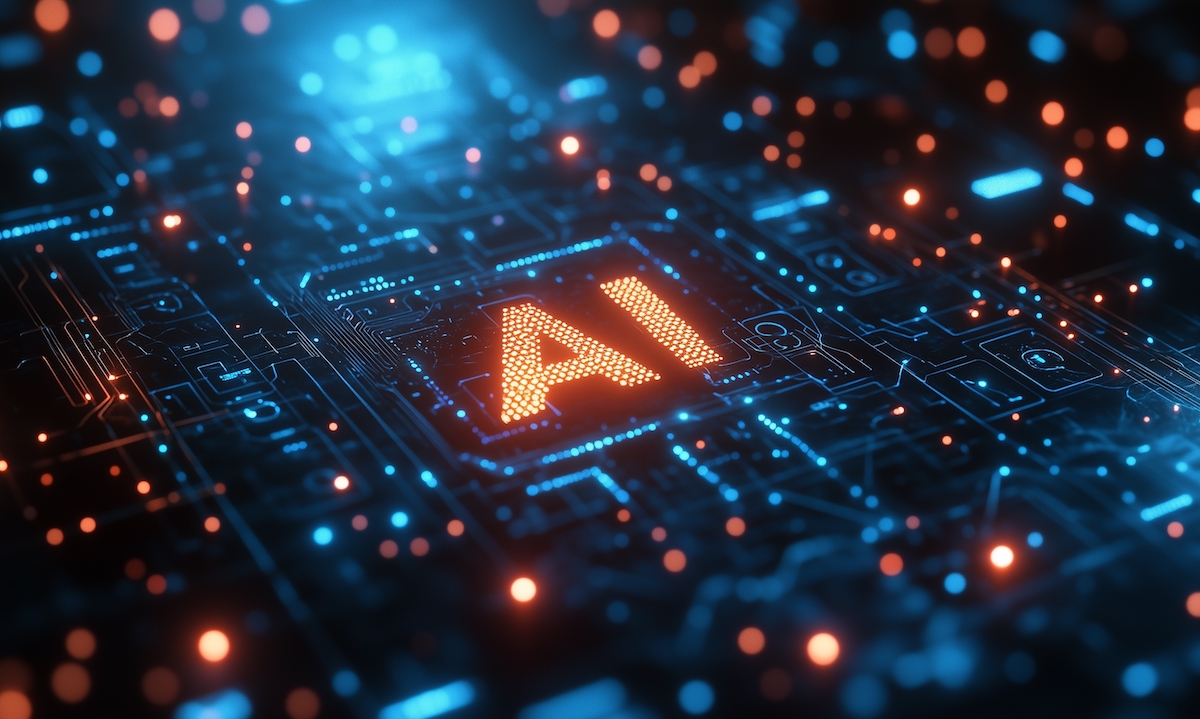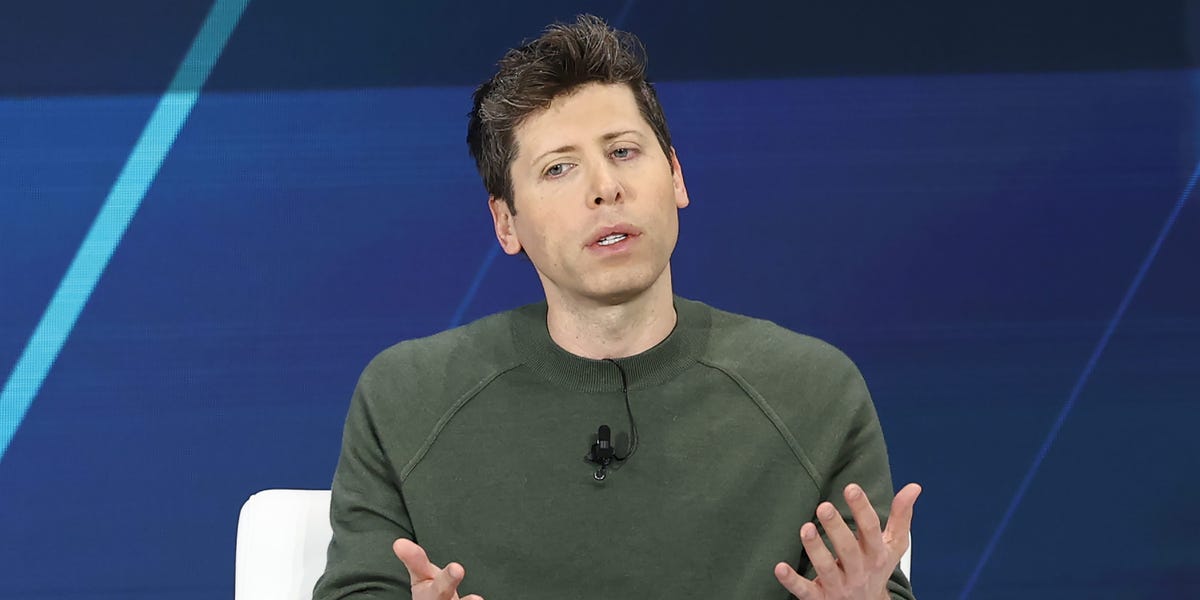The world needs clean energy which is reliable and easy to build, without producing too much carbon. Nuclear energy draws new attention to this effort, but not the type to which we are used to. A new type of reactor, called Small modular reactor (SMR)could make nuclear power safer, cheaper and faster to install.
SMR offers a promising option for the transition of clean energy. But what helps the SMRs to go from the laboratory to reality even faster is Artificial Intelligence (AI).
AI already plays a key role in many parts of the energy system. According to the International Energy Agency (IEA) 2024 Energy and AI Report, AI is used to improve how energy is produced, stored, distributed and consumed.
For SMRs, which are still in the first stages of development, AI becomes an essential tool to reduce cost, time and risk. Let us dismiss how AI helps to speed up the rise of SMRs.
What are SMRs and why are they important?
SMRs are small nuclear reactors that can make electricity or heat. They are much smaller than traditional nuclear power plants. Most SMRs will do between 10 and 300 megawatts (MW) power. This is enough to supply a city or a factory.
Large reactors take over 10 years to build and cost billions of dollars. SMRs are different; they are:
- Build in factories
- Easier to transport
- Faster and cheaper to install
The IEA says that SMRs are designed to be safer and more flexible, offering a low carbon power option. They can be used in distant areas, near factories or with solar and wind energy. These features make SMRs useful for energy transition.
Most SMRs under development could cost Less than $ 2 billion compared to more than $ 10 billion For traditional nuclear power plants. They also use advanced safety characteristics and can be installed in areas where large plants would not be suitable.
Where are the SMRs under construction?
The interest in SMRs develops quickly. In the United States only, More than 20 gigawatts (GW) SMR capacity Was proposed, in particular by technological companies that seek to fuel their growing fleets of AI data centers.
Certain public services, such as Dominion Energy, plan to add 1.3 GW of SMR capacity by 2039 To meet the demand for growing electricity.
China also explores the SMRs, expecting them playing a role between 2030 and 2035. In fact, the AIE believes that Low -emission electricity (including SMRS) will provide 60% of energy for Chinese data centers by 2035. In the United States, this share could reach 55% Of the same year.
Although many SMRs are still in the planning phase, they could start commercial deployment After 2030Especially since clean energy policies become stronger and electricity needs must increase.
So here are the many ways to know how AI helps increase SMR applications.
How AI supports the design and operation SMR
The design of a nuclear reactor is very complex. Engineers must decide the size of each party, how to keep the nucleus cool, how to manage radiation and how to make it sure. It usually takes years of modeling and testing. But the AI changes that.
IEA explains how AI Generative And automatic learning Can execute rapid simulations of reactor conceptions. This allows scientists to test thousands of options in less time. AI is particularly useful for adjusting the reactor geometry To improve heat management and avoid dangerous temperature levels.
AI is also used in Material tests. Inside a reactor, the materials must manage very high temperatures and radiation for long periods. AI tools can now predict how metals and other materials will behave, reducing the need for long laboratory tests. This helps engineers choose stronger and more reliable materials faster.
Management and monitoring of intelligent fuels
Fuel is one of the most important parts of a nuclear reactor. The engineers must load it carefully and plan when replacing it. AI can help improve these decisions. According to the IEA, Predictive AI can improve fuel loading and switchingMake the process more effective and reduce waste.
IEA also notes that Predictive maintenance fueled by AI Can find system problems before becoming serious, which reduces costs and maintains reactors longer.
AI helps explain security risks
AI is not only used inside the reactor. It can also help outside the factory, especially with reports and safety rules. Obtaining the construction of a nuclear reactor takes years. Governments and security agencies must read thousands of pages of technical documents.
IEA explains that Great language models (LLMS) can help accelerate this. These models transform complex data into clear summaries that engineers and regulators may include. They also help explain the system’s defects in clear language during training or emergency situations.
SMRS and energy transition
While AI increases the demand for electricity and more and more countries are trying to reduce carbon, SMRs could become an important part of the clean energy mixture. IEA provides that SMR Growing up in use after 2030Especially in places that need reliable electricity and 24 hours a day.
In fact, spending by small modular reactors could grow a lot in the years to come. The market is worth About $ 5 billion today, but it could reach $ 25 billion by 2030 and reach $ 670 billion by 2050.
- If the construction of SMR becomes cheaper, as the experts await it, the world could have 190 Gigawatts of SMR power by 2050. This could bring up to $ 900 billion in global investment.
The agency also notes that:
“While the world is entering a new era of electricity, the interest in nuclear energy has reached a 50 -year summit.”
In areas with a lot of solar or wind energy, SMRs can help maintain the stable network. When the sun does not shine or the wind does not breathe, the SMRs can provide save power. This is particularly useful for data centerswho needs electricity 24/7.
SMRs can also help companies and governments meet Net-Zero goals By replacing the old central coal and petrol. Because they are small, they can be added to existing sites or installed closer to where the energy is necessary.
Big Tech’s growing interest in SMR
Some of the world’s largest technological companies are now considering SMR to fuel their growing fleets of AI data and tools. These companies need a constant and reliable source of clean electricity, and SMRs offer a solution that can evolve with their needs.
Companies love Microsoft And Google have shown interest in advanced nuclear technologies. In 2023, Microsoft even signed an electricity purchase agreement related to nuclear energy and published job lists for roles linked to the operations of the nuclear propulsion data center.
Although most of these investments are still in the first phases, they show that SMRs are not only an effort led by the government – they are now part of the own energy plans of the main actors in the private sector as well.
By investing early, technological companies hope to reduce the emissions of IA workloads while supporting the marketing of SMRs in the next decade.
Avid
AI changes the functioning of the world of energy and nuclear energy is no exception. With its help, small modular reactors become faster to design, safer to use and more effective overall. SMRs could provide clean power in places where other options do not work well, and AI helps to make this future possible.










